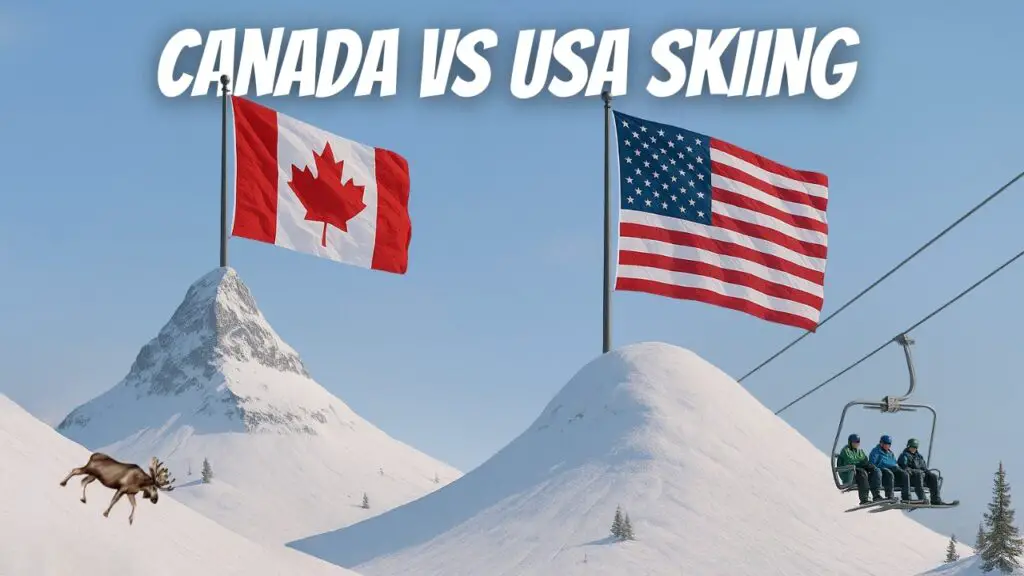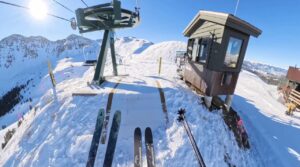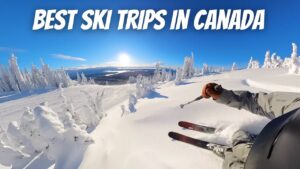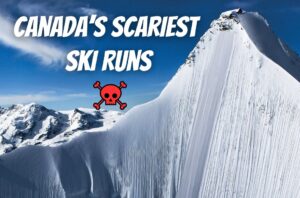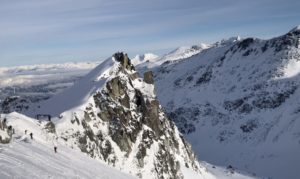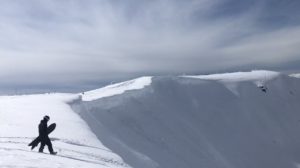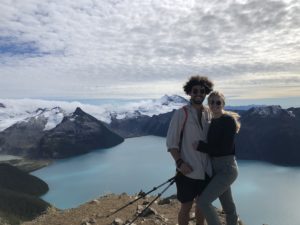Ski internet debates love to shout “USA has the snow,” “Canada has the terrain,” or “it all depends.” Let’s cut the fluff and look at what actually affects your days on snow: snowfall depth and quality, skier density, terrain, costs, weather, lift lines, and how easy it is to get to the goods.
Table of Contents
The Method
This breakdown mixes published averages with first hand experience across many resorts in both countries. Weather is chaotic, so think of this as helpful guidance, not courtroom evidence.
Snowfall Quantity and Quality
Overall Average Snowfall Quantity
- USA average snowfall: about 507 inches per year (about 12.9 m)
- Canada average snowfall: about 444 inches per year (about 11.3 m)
Snowfall Quality
Snow quality depends on the region and the exact storm. Utah’s Cottonwoods and a lot of Colorado powder can feel like air. BC’s Interior and Kootenay storms are famously light and dry. I have also had blower days when the temperature was perfect at Whistler, Manning Park, and Mt. Baker. Because weather is unpredictable, the fair call here is a tie. Snowfall averages do not lie, so if we care strictly about depth from your lists, the USA gets a small edge on quantity, while quality is a draw.
Other notes to consider
- Consistency: Intermountain regions often get frequent, manageable refreshes. Coastal zones can be feast and feast again, then a warm blip, then back to deep.
- Storm frequency: Utah can feel like a reset machine. The BC Interior can lock into multi-day cycles that stack up fast.
- Season length: High elevation US resorts and coastal depth in Canada both push long seasons. Call it situational.
Verdict: Quantity edge to USA (based on your averages). Quality is a tie, it all depends where you are and when you’re there.
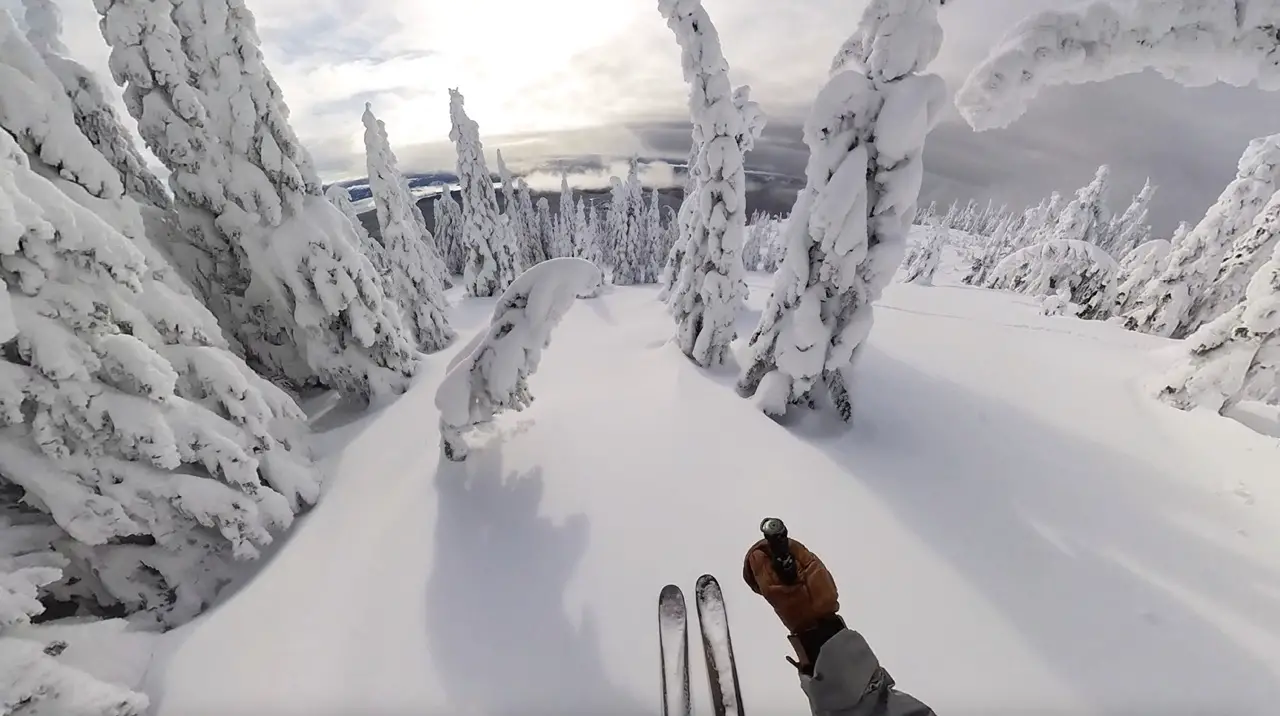
Vertical Drop
Canada takes this one. Resorts like Revelstoke and Whistler Blackcomb deliver huge top to bottom fall lines that feel properly big mountain. The US has monsters too, but for sheer vertical character day after day, Canada is the winner.
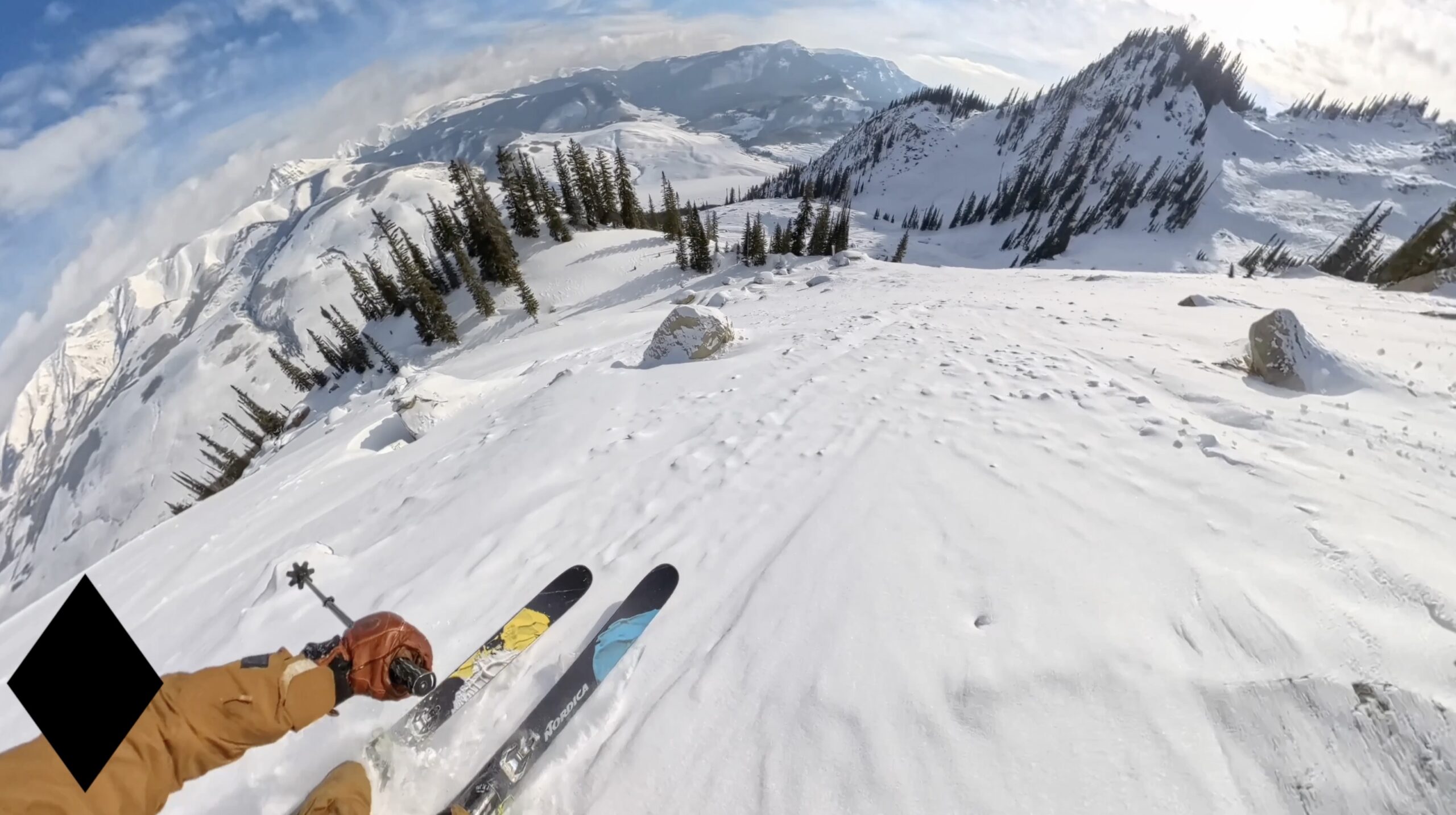
Skiable Acreage
On paper the USA has the edge across many of its largest resorts when you average the top ten. That said, Whistler Blackcomb blows almost everyone out of the water for a single destination. Park City lists huge acreage, but the on-snow experience is not always as exciting as the raw number suggests. Edge: USA, with a loud asterisk for Whistler.
Skiers Per Acre
From experience and head counts, Canada generally has fewer skiers per acre at many top resorts. This matters more than most stats. Empty runs are fast progression. Edge: Canada.
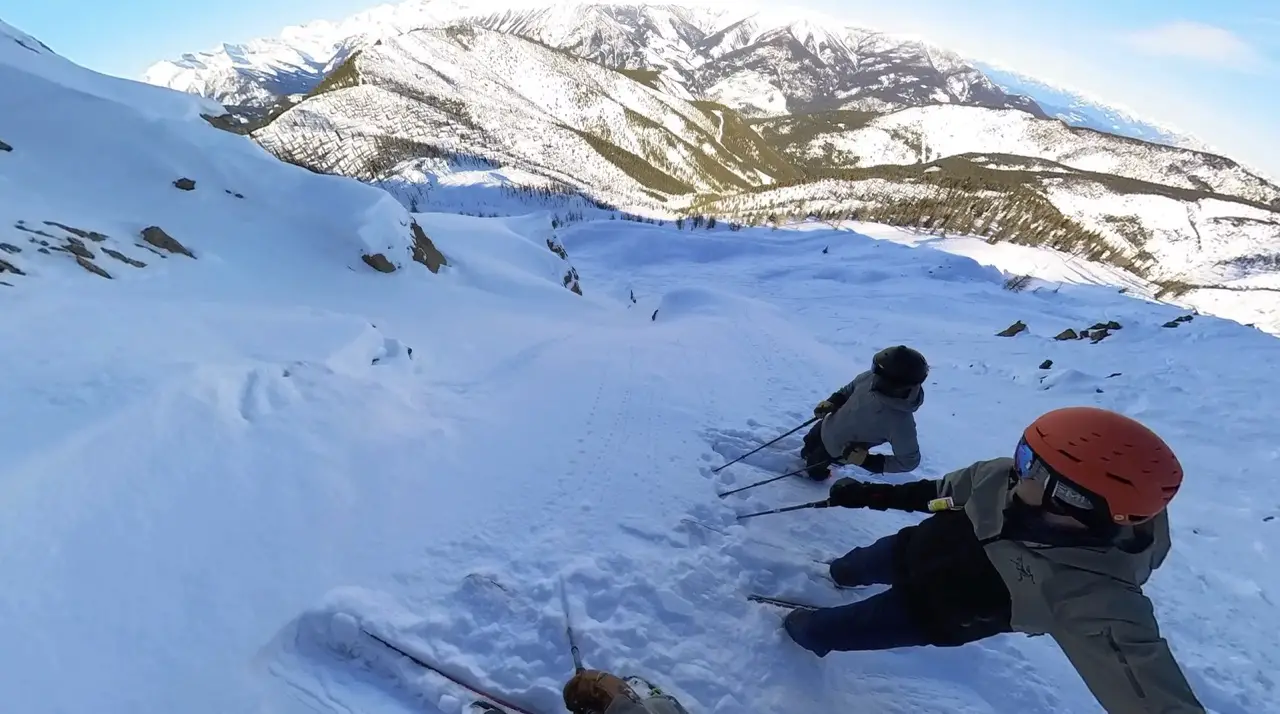
Backcountry and Slackcountry
Why Canada often gets the edge
- Snowfall and consistency
Coastal BC and the Interior ranges rack up big totals. Many areas see 10 to 15 meters a season. Interior mid-winter can offer a relatively stable snowpack for longer big line windows. - Terrain variety and scale
BC’s ranges are stacked and massive, with long descents and big relief. Think 1,500 to 2,000 meters in zones like Rogers Pass. - Lift accessed backcountry
Whistler Blackcomb, Revelstoke, Kicking Horse, and Whitewater put top tier slackcountry right off the lifts. - Heli and cat capital of the world
CMH, Mike Wiegele, Selkirk Tangiers, and many more. The terrain you can reach by machine is on another level.
Why the USA still shines
- Iconic lines and steep couloirs
Tetons, Wasatch, and Eastern Sierra have classics that are all-time in style and consequence. - National park backcountry
Grand Teton, Rocky Mountain, Rainier, North Cascades. The big names carry real weight. - Touring infrastructure in some regions
Utah, Colorado, and Washington have active communities, forecasting centers, and many easy trailheads.
Backcountry verdict
Chasing deep, consistent snowpacks, powder and long descents with lift help, pick Canada.
Chasing high consequence, iconic ski mountaineering lines and earlier spring windows, pick USA.
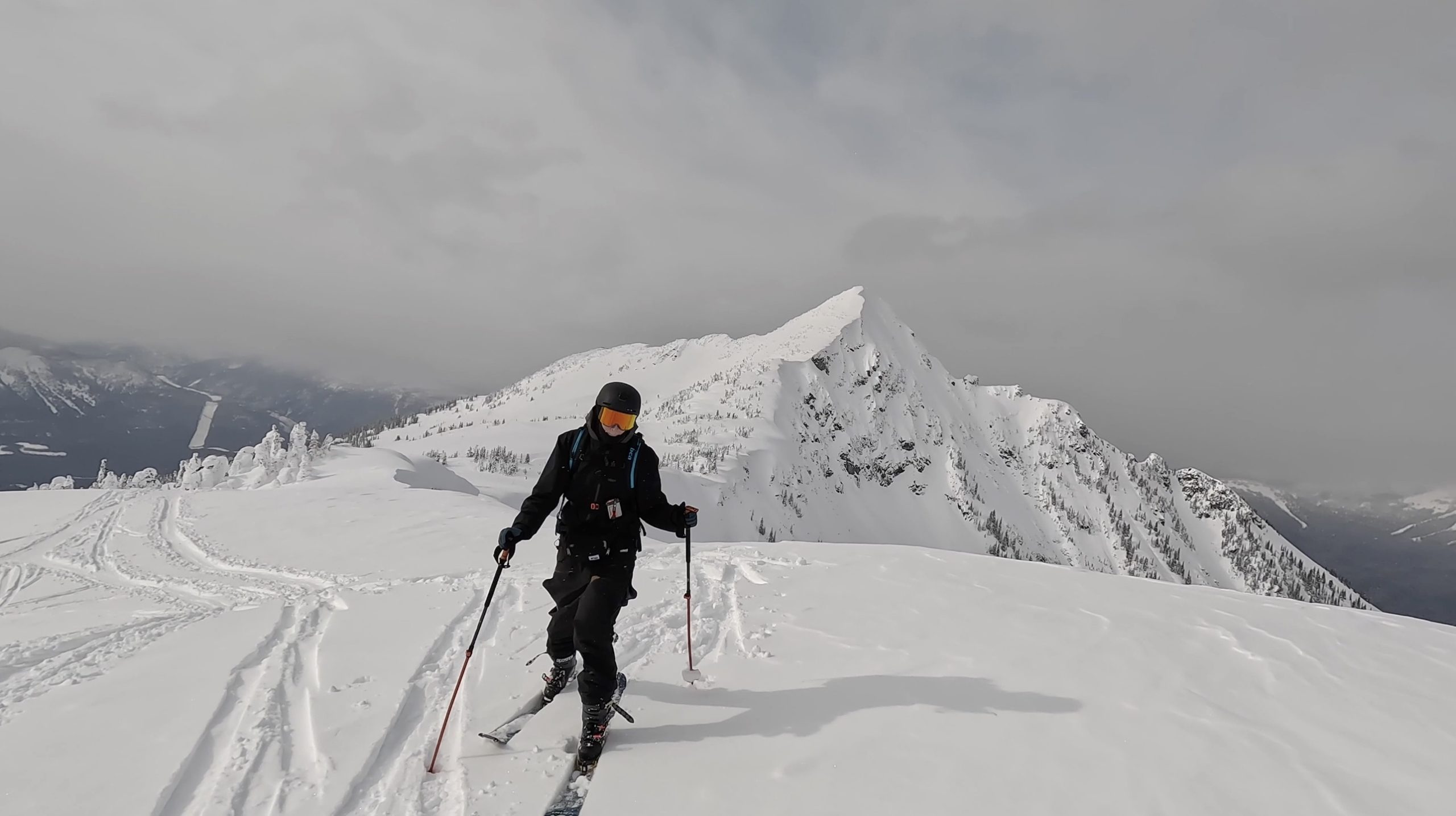
Terrain Variety
Bowls, trees, chutes, groomers, glades, cliffs, pillows. Both countries deliver almost everything if you pick the right resort. Tie.
Cost and Value
The US is expensive at many headliner resorts. Epic and Ikon help, but lodging and daily costs in places like Colorado, California, Wyoming, and Utah can sting.
Canada also has pricey spots, but there are many sleepers and small-town motels near interior hills where you can travel on a tight budget without van life. Ski in ski out at interior BC resorts can sometimes be shockingly affordable during sales. That value is hard to find across most of the US.
Paid parking at many US hills was the kicker for me. Thirty USD just to park adds up. You can taste the capitalism at some destinations.
Verdict: Canada for value, especially for Americans with currency on their side.
Lift Infrastructure
More money has poured into major US resorts, and it shows. Big, fast networks and some very cool trams at Jackson Hole, Big Sky, and Snowbird. A few Canadian mountains could use that kind of uplift.
Verdict: USA has the infrastructure edge. Personally, I still love lapping an empty hill with old lifts if it means no lines.
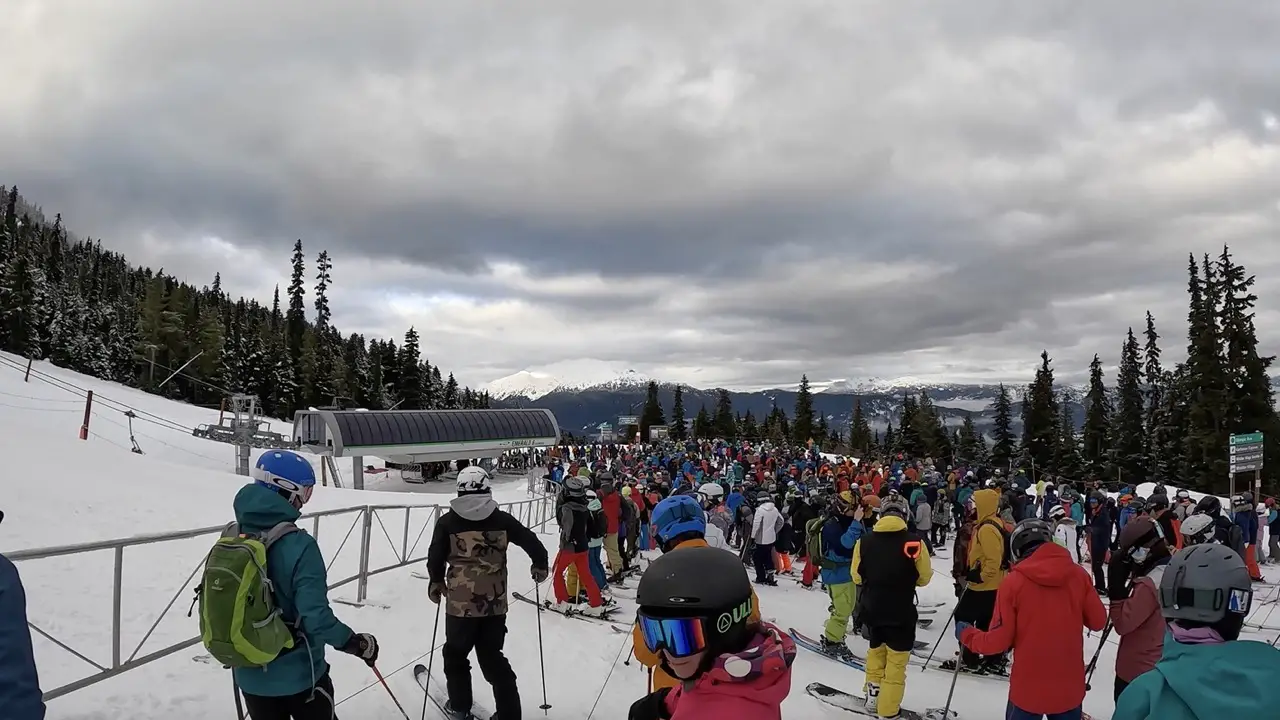
Lift Lines, Wait Times, and Capacity
Skiers per acre is less in Canada. Crowds in the US can be wild. Park City, Vail, and Breckenridge can see 20 to 40 minute weekend lines. Whistler can also be painful on a storm weekend. But on average, many Canadian resorts are quiet on weekdays and even many weekends if it is not an all-time powder day.
Verdict: Canada has less skiers per acre resulting in fewer lines and more breathing room.
Accessibility
Airports and direct flights
- USA: Huge advantage. SLC to Cottonwoods in under an hour. Denver to I-70 in one to two hours. Reno to Tahoe in about an hour. Many direct long haul flights.
- Canada: Vancouver to Whistler in about two hours. Calgary to Banff and Lake Louise in about two hours, Kicking Horse in about three. Kelowna to Big White in about one hour. Fewer direct long haul flights overall.
Roads and winter driving
- USA: Well maintained corridors, but heavy traffic. I-70 and Little Cottonwood are notorious.
- Canada: More remote highways in BC. Excellent snow removal, but massive dumps and avalanche control closures can slow you down. Traffic is usually lighter, except Whistler on weekends.
Public transit
- USA: Utah’s UTA Ski Bus is excellent. Colorado has Bustang and Summit Stage. Many places still require a car.
- Canada: Whistler has frequent bus options from Vancouver. Banff has shuttles between the tri-area resorts. Smaller BC hills usually require a rental car.
Towns at the base
- USA: Many true ski towns at the lifts, for example Breckenridge, Park City, Aspen, Telluride.
- Canada: Whistler, Sun Peaks, Fernie, and Revelstoke have real villages. Others are near small towns with limited slopeside lodging.
Verdict: USA wins for ease of access. Canada wins for remoteness and lower traffic once you are there.
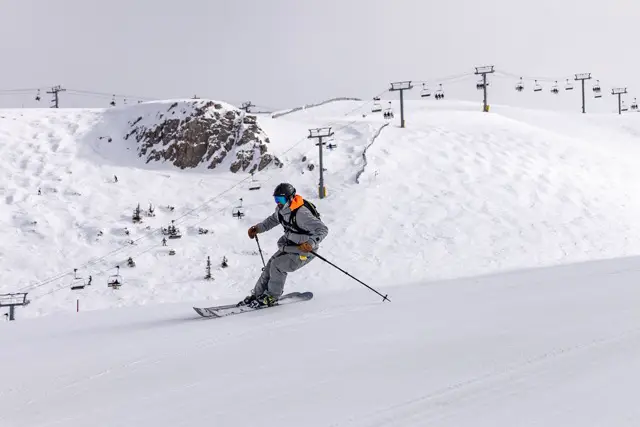
Vibe and Culture
Totally subjective. BC leans remote and mountain-town. The US has everything from glitzy destinations to core locals’ hills. Both countries have family friendly options, rowdy après, and old school charm. Skiers and riders on both sides are generally great people. Tie.
Weather Experience
Both countries have Rockies, coastal mountains, and high desert climates. The weather will change. You can tilt the odds by picking your zone.
Sunshine vs storm skiing
- USA: More sun in Colorado and New Mexico. Utah can deliver storm then bluebird.
- Canada: Alberta Rockies are cold and often sunny between smaller storms. BC Interior alternates clear spells and long cycles. Coastal BC is stormy and deep, with occasional warm blips.
Snow quality and temperature
- USA: Utah’s dry powder is famous. Colorado’s elevation keeps snow light. The Pacific Northwest varies by elevation and storm track.
- Canada: Alberta keeps snow preserved in the cold. BC Interior is the sweet spot of frequent storms and good quality. Coastal BC brings the biggest totals, with some “moist” days mixed in.
Season length
- USA: Long seasons at high altitude and in the Northwest.
- Canada: Long seasons at Whistler, Sunshine, and Banff, with deep coastal starts but occasional warm events at low elevation.
How to game it
- Want sunny groomers: Banff and Lake Louise, or Colorado.
- Want storm resets: Utah’s Cottonwoods, or Powder Highway
- Want the absolute deepest totals: BC Coast like Whistler or Washington’s Baker and Stevens.
- Want cold smoke and preservation: Alberta, northern Rockies, and parts of Montana.
Verdict: Tie. Choose your zone based on the goal of the trip.
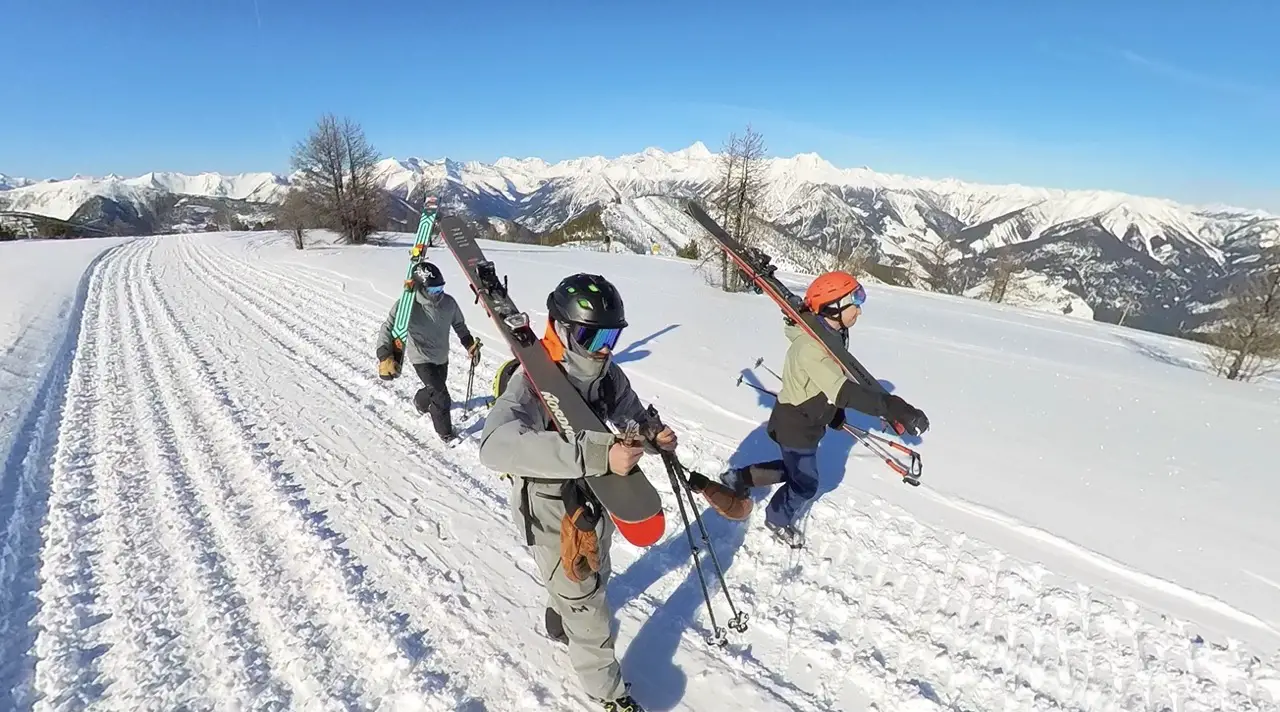
The Best Ski Road Trips
USA
- Utah hub: 10 plus resorts within about 90 minutes of SLC.
- Colorado I-70: Seven majors within three hours of Denver.
- Tahoe: A dozen resorts within an hour of Reno.
- Pacific Northwest: Seattle to Crystal, Stevens, and Baker in about three hours.
- Classic loops: Ikon mega loops, Powder Triangle, West Coast volcanos, California Sierra circuits.
Canada
- BC Interior: From Kelowna or Kamloops, five majors within about three hours plus gems.
- Alberta Rockies: Calgary to Banff, Lake Louise, and Sunshine in under two hours, Kicking Horse in about three.
- Powder Highway: Golden, Revy, Nelson, Fernie, Panorama, Red, Whitewater.
- Sea to Sky to Interior: Vancouver to Whistler, Sun Peaks, Revelstoke.
Verdict
The USA has higher resort density in a few hubs. Edge: USA for stacking many big names fast.
Canada has the Powder Highway, which might be the best single road trip in skiing. Edge: Canada for the one-trip legend factor. If you love relaxed towns and wild settings, Canada is the last great ski road trip on Earth.
Lodging and Amenities
If luxury is the priority, the US headliners like Jackson Hole, Big Sky, and Aspen take it. Canada has Whistler, which hangs with anyone, but fewer ultra-luxury markets overall. I care more about snow and terrain than thread count, so your mileage may vary. Edge: USA if you want glam.
Beginner and Intermediate Experience
Both countries have excellent options. The US has a huge volume of beginner terrain at places like Breckenridge, Vail, and Park City. Whistler Blackcomb is not the easiest for beginners in my opinion. Sun Peaks in BC might be Canada’s best overall beginner resort. Edge: USA for sheer range, with standout Canadian choices.
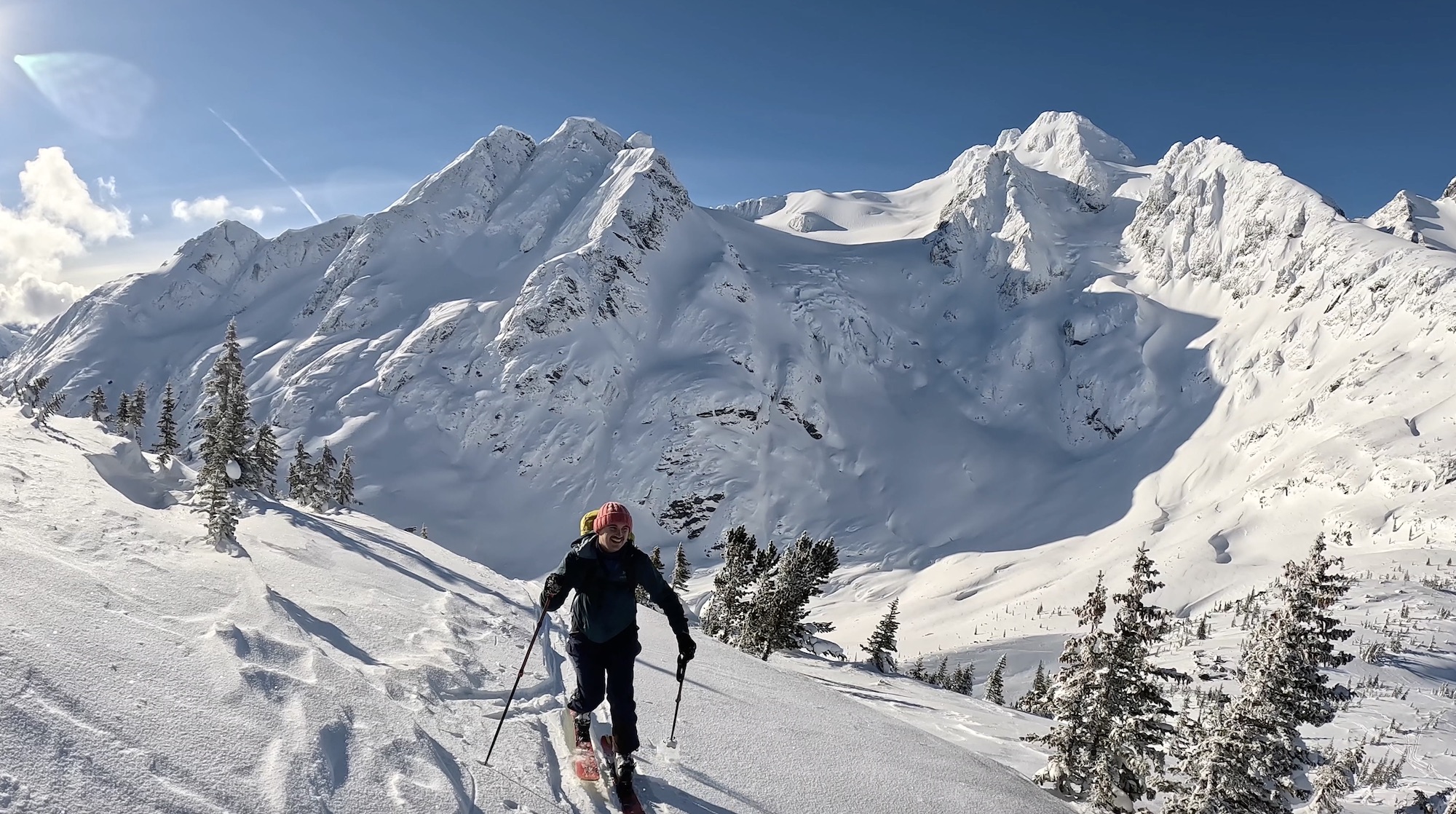
Overall Wow Factor
This is personal, but BC’s mountains feel endless and wild. The Coast, the Rockies, the Purcells, and everything between can put you in your place in the best way. The US has its own jaw droppers, but the remoteness and scale of BC hit different.
What Actually Matters Most
If you forced me to rank my priorities for a resort trip, it would be:
- Snowfall depth and quality
- Terrain that fits how I like to ski
- Skier density so I can lap freely and find refills
Ask me where I would rather ski, and I will say Canada. But breaking this down was a useful reality check, and the US wins several categories depending on what you value.

